How to Clean Your Upholstery
Get the lowdown on keeping your fabric-covered sofas and chairs in good shape
If the furniture in your living room or family room is looking a little tired and dirty, check out this guide on how to spruce up the upholstery.
Spot Clean the Obvious Stains
Now it’s time to tackle the cleaning. Focus on small areas where dirt is visible and spot-clean them. For minor blemishes, you can use vinegar and a microfiber cloth and gently wipe.
Alternatively, make your own natural upholstery cleaner, which you can use for this phase and the next. Add a teaspoon of dishwashing liquid to a small bowl of warm water and use an electric hand mixer to whip it up until the mixture forms soft peaks.
Gently apply the soap suds to the stain with a soft-bristle brush and rub until you see some of the dirt lifting off. Use a spatula to remove most of the dirty foam, then rinse the rest away with a white cloth and a very small amount of fresh water. Once the suds have been completely removed, take a close look at the stain to see if you need to repeat the process.
Find household cleaning supplies
Now it’s time to tackle the cleaning. Focus on small areas where dirt is visible and spot-clean them. For minor blemishes, you can use vinegar and a microfiber cloth and gently wipe.
Alternatively, make your own natural upholstery cleaner, which you can use for this phase and the next. Add a teaspoon of dishwashing liquid to a small bowl of warm water and use an electric hand mixer to whip it up until the mixture forms soft peaks.
Gently apply the soap suds to the stain with a soft-bristle brush and rub until you see some of the dirt lifting off. Use a spatula to remove most of the dirty foam, then rinse the rest away with a white cloth and a very small amount of fresh water. Once the suds have been completely removed, take a close look at the stain to see if you need to repeat the process.
Find household cleaning supplies
Then Clean Everywhere
After your upholstery has been spot-cleaned, it will need a more general washing. Use the soap suds again: With a spatula or upholstery brush, apply them gently to the entire piece of furniture. Use the brush to gently clean all over, then use a damp cloth or sponge to wipe away the residue.
The key is to not get the upholstery too wet, which is why the soap suds need to be dry and foamy. In fact, you should use this method only on upholstery with a label code of W or WS; if the label says S, perform only the vacuuming and spot-cleaning steps, and if the label has the letter X, vacuum the piece but leave everything else to the professionals.
Contact an upholstery cleaning service near you
After your upholstery has been spot-cleaned, it will need a more general washing. Use the soap suds again: With a spatula or upholstery brush, apply them gently to the entire piece of furniture. Use the brush to gently clean all over, then use a damp cloth or sponge to wipe away the residue.
The key is to not get the upholstery too wet, which is why the soap suds need to be dry and foamy. In fact, you should use this method only on upholstery with a label code of W or WS; if the label says S, perform only the vacuuming and spot-cleaning steps, and if the label has the letter X, vacuum the piece but leave everything else to the professionals.
Contact an upholstery cleaning service near you
Let It Dry
The drying step is really key because a piece of upholstered furniture that hasn’t been allowed to dry properly can develop mildew. It’s usually best to let furniture dry naturally, so open the windows to allow a breeze into the room and turn on the heat if it’s cool outside. For even better results, clean your upholstery on a warm day and let it dry outside in the fresh air.
Tell us: Do you have any tips for cleaning upholstery? Share them in the Comments.
More on Houzz
Sofa Secrets: A Guide to Upholstery Fabric
Read more housecleaning stories
Find a home professional
Shop for home products
The drying step is really key because a piece of upholstered furniture that hasn’t been allowed to dry properly can develop mildew. It’s usually best to let furniture dry naturally, so open the windows to allow a breeze into the room and turn on the heat if it’s cool outside. For even better results, clean your upholstery on a warm day and let it dry outside in the fresh air.
Tell us: Do you have any tips for cleaning upholstery? Share them in the Comments.
More on Houzz
Sofa Secrets: A Guide to Upholstery Fabric
Read more housecleaning stories
Find a home professional
Shop for home products

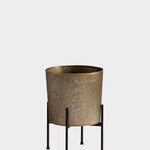
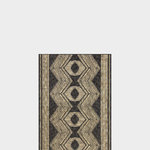







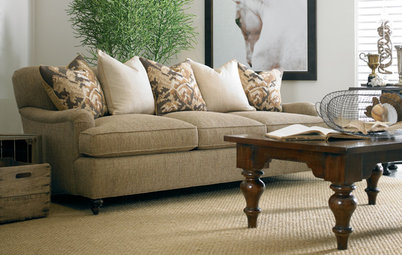
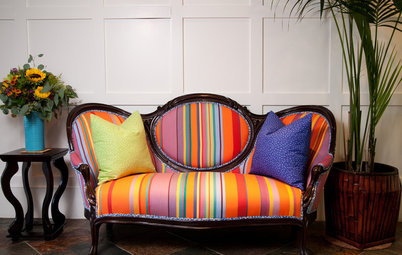
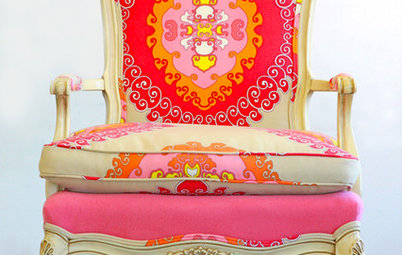
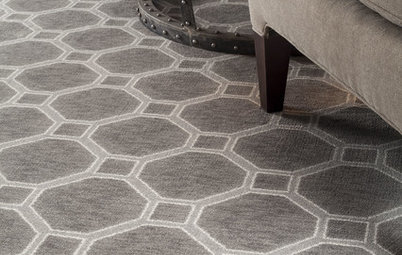
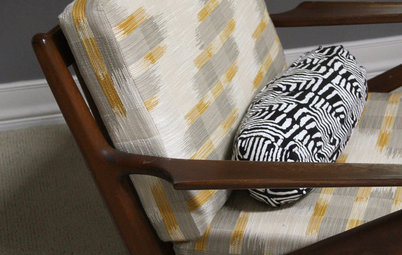
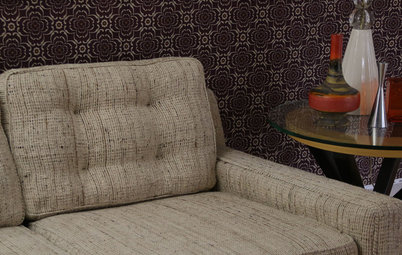

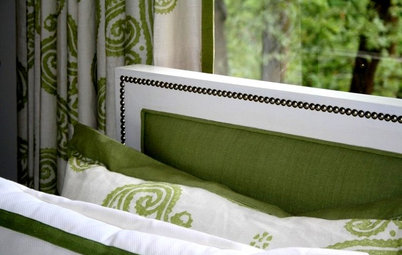




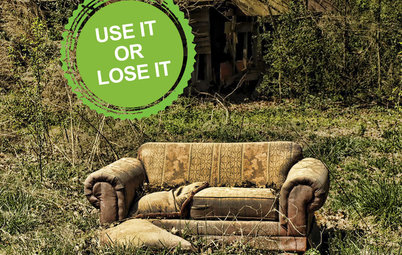








The first step on your cleaning mission is to remove any traces of dirt and dust from the sofa or chair. Here’s where a vacuum cleaner comes in handy: Pop on the upholstery attachment, which has a soft brush that won’t damage the material. Work your way from the top of the piece to the bottom, moving from left to right in overlapping strokes. This ensures you’ll pick up all the dust particles, and it’s particularly important for fabrics such as velvet and chenille, which can easily trap dirt. If you’re cleaning a delicate fabric like silk, make sure you set the suction to a low setting.
Now switch to the crevice attachment and suck up any dirt that has found its way into the crevices. Worried you’ll pick up a stray coin? Put a piece of pantyhose over the nozzle and attach it with a rubber band. For stubborn dust in very tight spaces, you can use a canister of compressed air to blow it out.
Shop for vacuum cleaners on Houzz